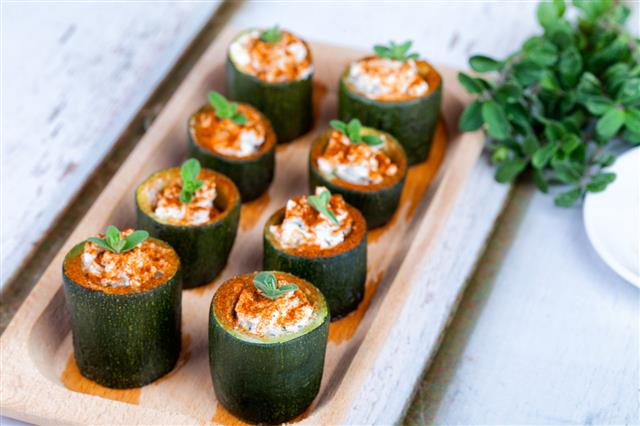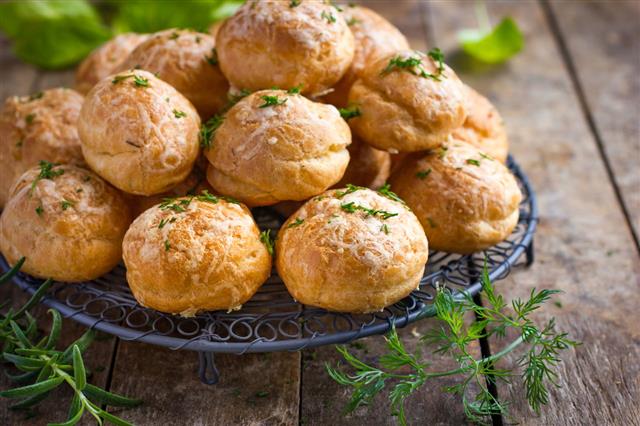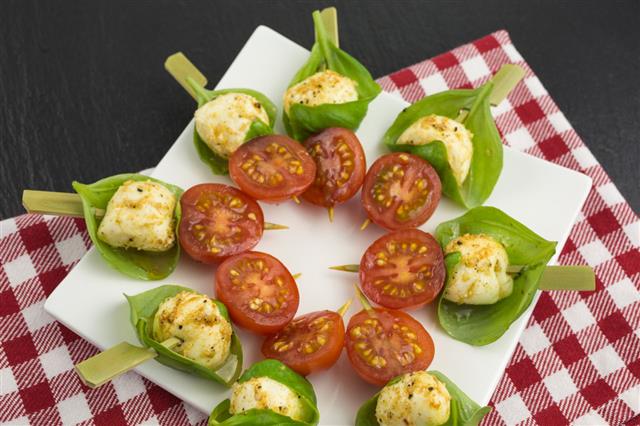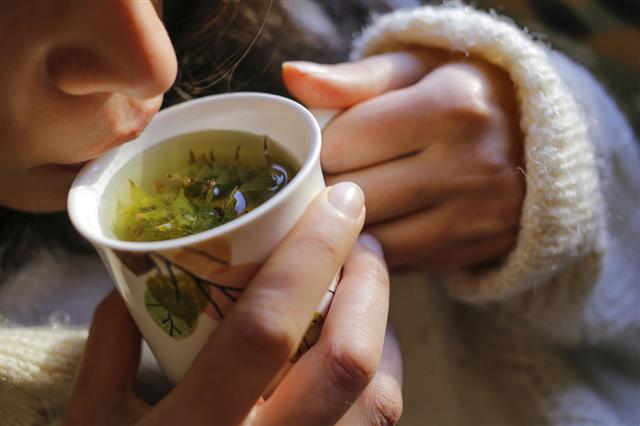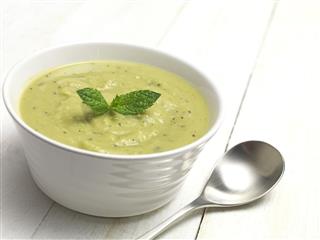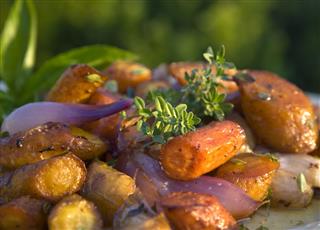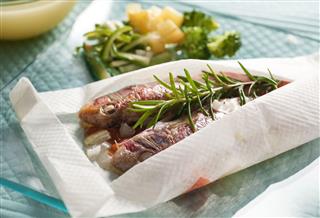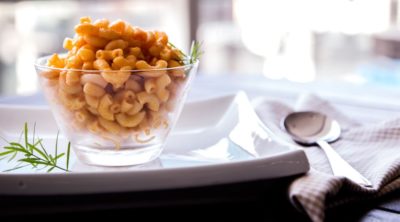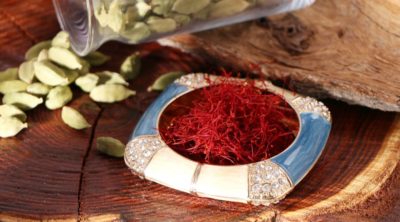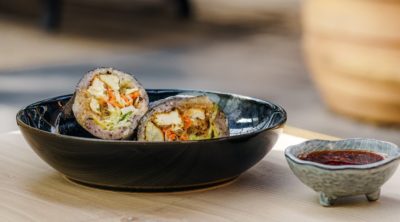
People all over the world have accepted the goodness of herbs, and have used them in different ways to improve the taste and nutritional value of food. But what would you do due to the unavailability of any herb, say sage herb? This Tastessence article gives you 5 substitutes for sage herb.
Useful Tip
In case you run out of any herbs to replace sage with, use any seasoning that contains sage.
The Latin word for sage is salvere, meaning ‘to be in good health.’ Before the invention of refrigerators, sage was used to preserve meat. This technique was also used by the ancient Greeks and Romans. The number of uses that sage is put to is rather long. It is used extensively in cooking, in cosmetics, oils, and also can be used as an insect repellent. It belongs to the mint family, and therefore, it’s substitutions are also from the same family.
Seasoning forms an integral part of the cooking process, especially if the food is meat. Sage has been widely accepted as one of the top ingredients for seasoning. But at times, it becomes necessary to substitute this vital herb. It can be used in more than one way to enhance the taste of food. Fresh, dried, or rubbed, the taste is superb. It can be recognized by its pungent smell. The following is a list of sage substitutes that you can use in cooking.
Good Alternatives for Sage Herb
Thyme
This herb is kind of omnipresent. You can find a little of it in almost every dish. Some of the dishes on the long list include pastas, salads, poultry, sauces, etc. It is also used as an ingredient in stuffing and also in stews. Like most herbs, thyme is a multipurpose herb. It is used in perfumes, it works as an alternative medicine for various disorders, and its oil is used in mouthwashes and disinfectants. It is a Mediterranean herb, but now it is used in most parts of the world. Thyme blends wonderfully in pastas, eggplants, tomatoes, and potatoes. It is also used in marinating meat and fish. Thus, it makes for a suitable option for sage.
Use: Add thyme to your dish well in advance, so that the oils released from it mix well and lend a good aroma to the dish.
How to store: You can wash the leaves, pat them dry, and then store in your refrigerator. You can also dry the fresh leaves and store them, to use it frequently.
Marjoram
Another suitable alternative, marjoram has always been known for its scent, and therefore, has been used in salads to add freshness to it. Also, it’s used in various stews. It is a rich source of vitamins and iron. One can find it very similar in taste with oregano; however, oregano is a little stronger, and hence it should be used carefully. In the past, marjoram was used by Egyptians for religious purposes, while the Romans used it for making flower crowns for marriages and graves. It’s widely used in Italian dishes, but has gained popularity as an essential ingredient in other parts of the world as well.
Use: It can be used in its dry form, or ground freshly for various dishes during cooking itself, or it can be used in marination also. But it should be added well ahead before you are done with cooking so as to allow it to mingle properly with the food.
How to store: Wash, dry, and refrigerate in plastic bags.
Rosemary
This herb is known for its memory-enhancing capabilities. Therefore, consuming it becomes all the more important. Apart from this, the herb is used to make perfumes, soaps, and medicines. Its culinary uses can be applied in sandwiches, dips, soups, juices, etc. It can add a distinct flavor if used in doughs.
Use: You can make oil easily from rosemary leaves. You just need to crush a handful of them and mix them with some oil and store it. You can also add it to boiling water, to add a twist to your tea-making experience.
How to store: Like most herbs, it can also be stored easily; after washing and drying, simply refrigerate.
Basil
Basil is known for forming good bones and rendering a healthy cell life. It is used in making pasta, spaghetti, salads, some butters, and also in various drinks and pickles, apart from being used in marinades and dressings. You have to try it in a combination of tomatoes and garlic in several dishes. This combination lends a superior taste to most foods. Basil is also put to use in making oils and vinegar.
Use: It’s highly used in Italian and Asian dishes. Basil is known for its healing properties, especially for stomach ailments, cough and cold, infections, bites, and also as a stress reliever. So, it can be very good in making tea. In India, basil leaves hold high religious importance amongst the Hindus.
How to store: Storing basil can actually be fun-filled. You can make ice cubes of basil and use them in drinks. You can dry the leaves, powder them, and store in jars. Else, for everyday use, just fill them carefully in a jar/plastic bag and refrigerate.
Summer Savory
Savory is a herb that comes in two varieties, viz., summer and winter. However, the summer variety is an easy substitute for sage instead of its other counterpart, perhaps because of its more tender texture and less bitterness. Both cousins have been used heavily in European cooking for ages. The most common culinary use of this herb is in beans. It can be used in all types of beans. Therefore, use this instead of sage, while cooking a meal of beans. You can also put this ‘good’ herb in meat, sausages, and eggs. You can also use this in making soups, where sage may be required for the flavor.
Use: Add savory to your dish at a time when the cooking is almost done because prolonged cooking increases its pungent smell, and can make food a little distasteful.
How to store: You can put a bundle of these in some water and refrigerate. Alternatively, you can also wrap them in paper towels and refrigerate.
Every herb has its own distinctive smell and taste, so it may not be ideal to replace one for the other, but sometimes, you may have to use alternatives for varied reasons. Moreover, experimental cooking can sometimes become a hit, and others, a miss. So, it is important to be sure of the taste and aroma of these herbs before using them.
